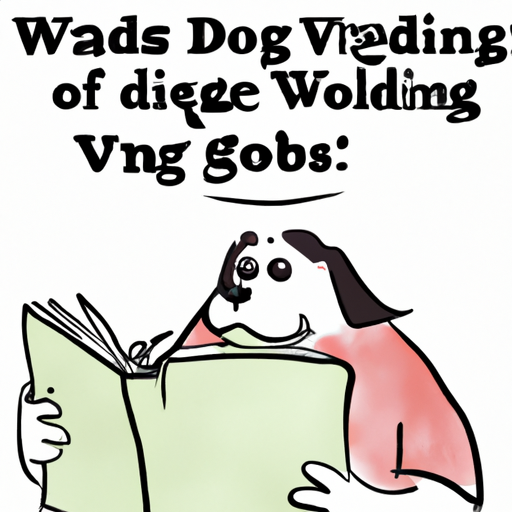Understanding GDV
Firstly, let’s understand what Gastric Dilatation-Volvulus (GDV) actually is. As a loving caregiver, you must know that this is a life-threatening condition in dogs, typically larger breeds. It occurs when the dog’s stomach fills with gas and then twists, preventing the gas from escaping and cutting off the blood supply to the stomach. This is as terrifying as it sounds, and immediate veterinary attention is required.
The Causes
The causes of GDV in dogs are not entirely understood, but there are several factors that are often associated with the onset of this condition:
- Eating habits: Rapid eating, eating one large meal daily, eating and drinking excessively, and then exercising.
- Genetic predisposition: Certain breeds, like Great Danes, Saint Bernards, and Weimaraners, are more susceptible.
- Age and health: Older dogs and those with a history of digestive issues are at higher risk.
These factors, alone or combined, can lead to the perfect storm for GDV.
Recognizing the Symptoms
You, as the caregiver, need to keep a vigilant eye out for the following symptoms:
- Excessive drooling
- Restlessness and agitation
- Swollen abdomen
- Attempts to vomit (with little or no success)
- Rapid breathing
Understanding these signs can potentially save your dog’s life.
Preventive Measures
While GDV can’t be entirely prevented, there are steps you can take to reduce the risk:
- Feed your dog smaller, more frequent meals
- Avoid rigorous exercise immediately after meals
- Monitor your dog’s drinking habits, especially after meals
Additionally, discuss the possibility of a prophylactic gastropexy with your vet. This procedure tacks the stomach in place, preventing it from twisting.
Seeking Veterinary Care
If you suspect GDV, rush your furry friend to the vet immediately. Time is of the essence in these situations. The vet will likely perform an X-ray to confirm the diagnosis and then proceed with treatment, which usually involves surgery.
| Actions | Responses |
|---|---|
| Suspect GDV | Immediate vet visit |
| Confirmation of GDV | Likely surgery |
FAQs
What breeds are most at risk for GDV?
Larger breeds with deep chests, like Great Danes, Saint Bernards, and Weimaraners, are most at risk.
Can GDV be prevented?
While there’s no guaranteed prevention, measures like smaller, frequent meals and avoiding exercise after meals can help reduce the risk.
What is the treatment for GDV?
Immediate veterinary care is crucial. Treatment usually involves surgery to untwist the stomach and possibly tack it in place to prevent future occurrences.
Is GDV a common condition in dogs?
GDV is not common, but it is serious. It’s most often seen in large, deep-chested breeds.
What should I do if I suspect my dog has GDV?
If you suspect GDV, seek immediate veterinary care. This is a life-threatening emergency that requires prompt attention.



